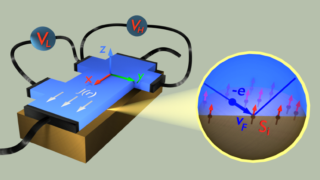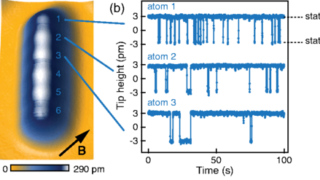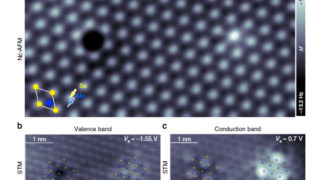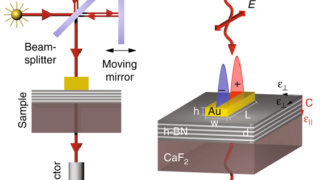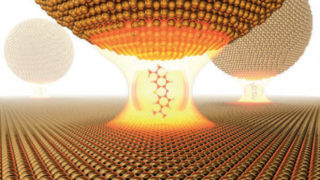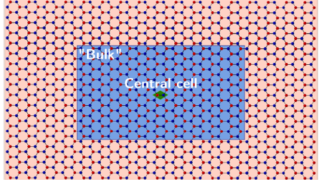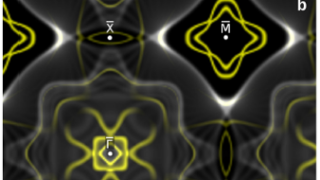
Quantum physics: our study suggests objective reality doesn’t exist
Alternative facts are spreading like a virus across society. Now it seems they have even infected science – at least the quantum realm. This may seem counter intuitive. The scientific method is after all founded on the reliable notions of observation, measurement and repeatability. A fact, as established by a measurement, should be objective, such […]
